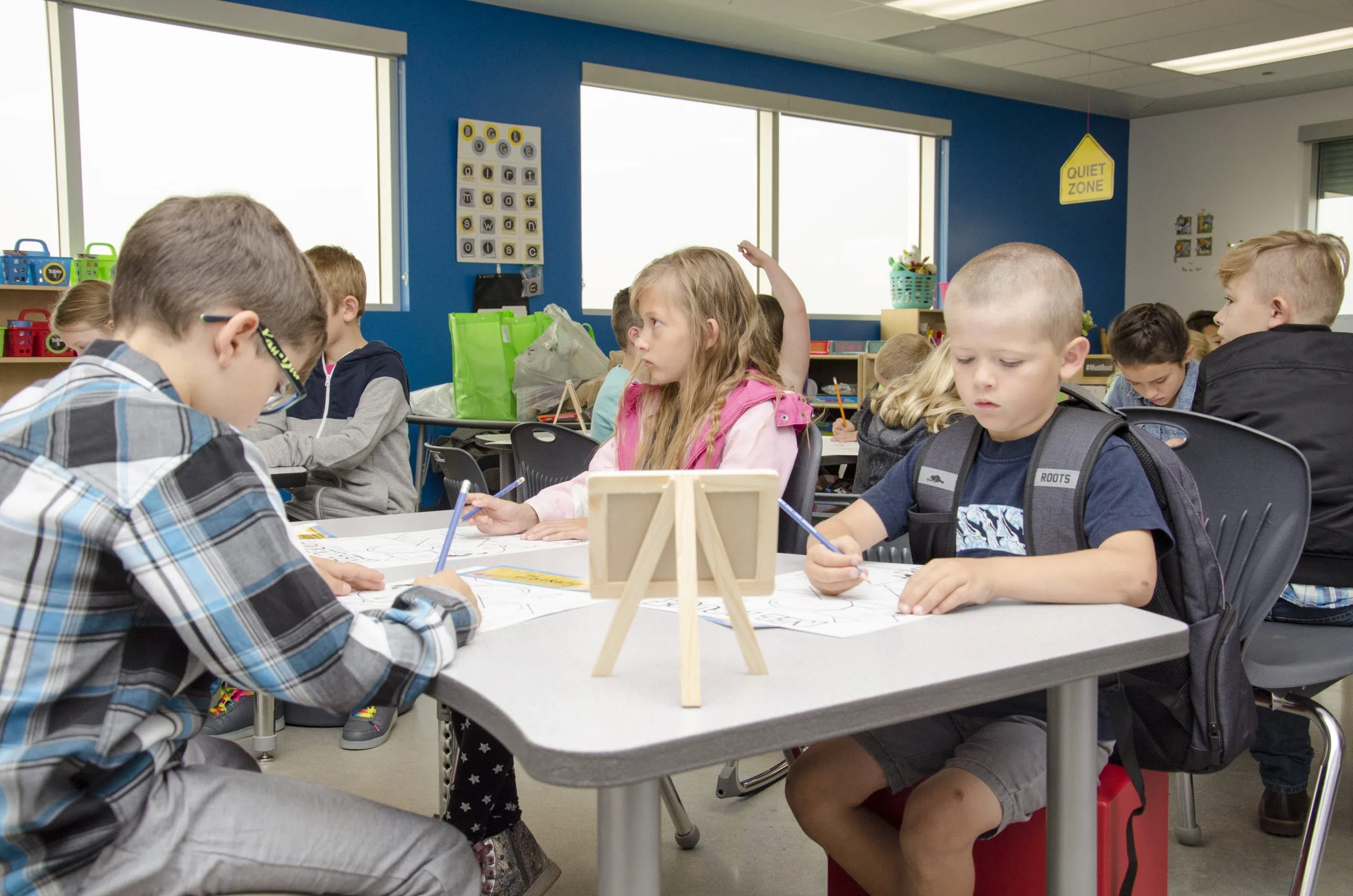
Class sizes concerning for local school districts
Growing class sizes remain a concern for local school districts heading into 2019.
Red Deer Catholic Regional Schools has seen enrollment of 10,310 students this year, up 225 students (2.24 per cent) from 2017-2018.
“When it comes to accomplishing the class size guidelines, we have had some success in the past but it is becoming increasingly more challenging all the time,” says Superintendent Paul Mason.
The vast majority of the $4.4 million Red Deer Catholic receives from the province’s Class Size Initiative goes towards staffing, Mason notes.


